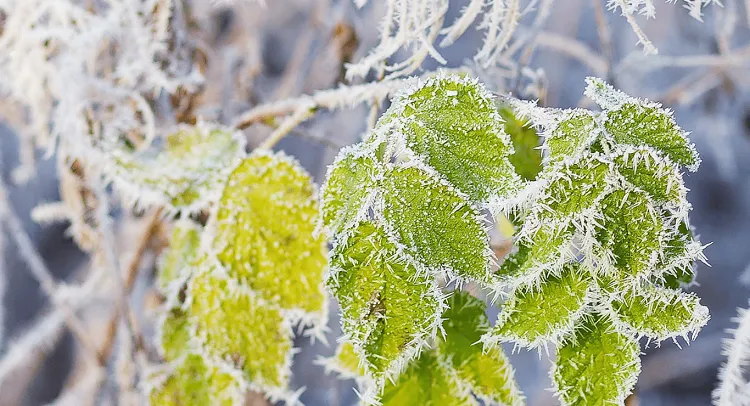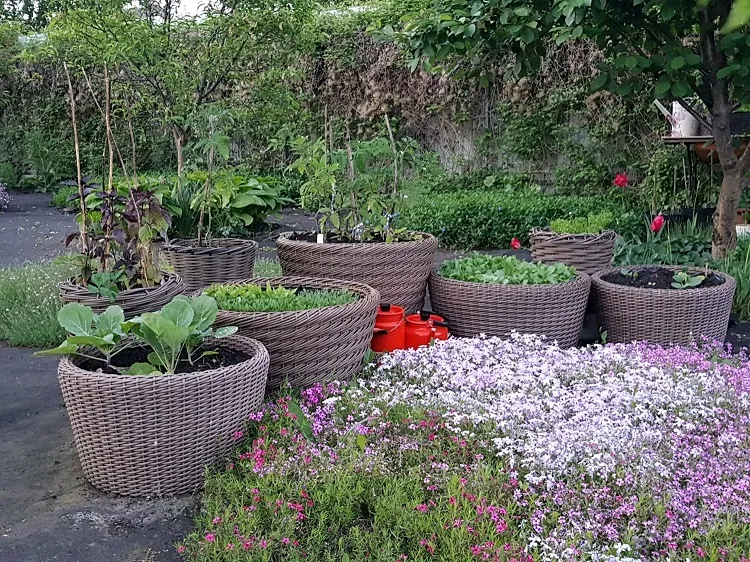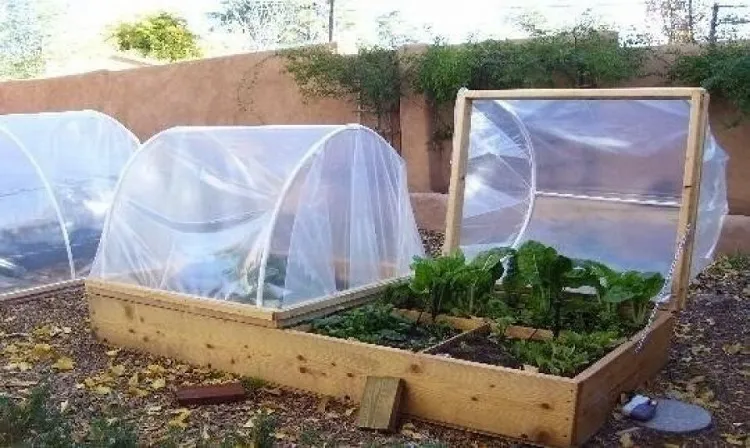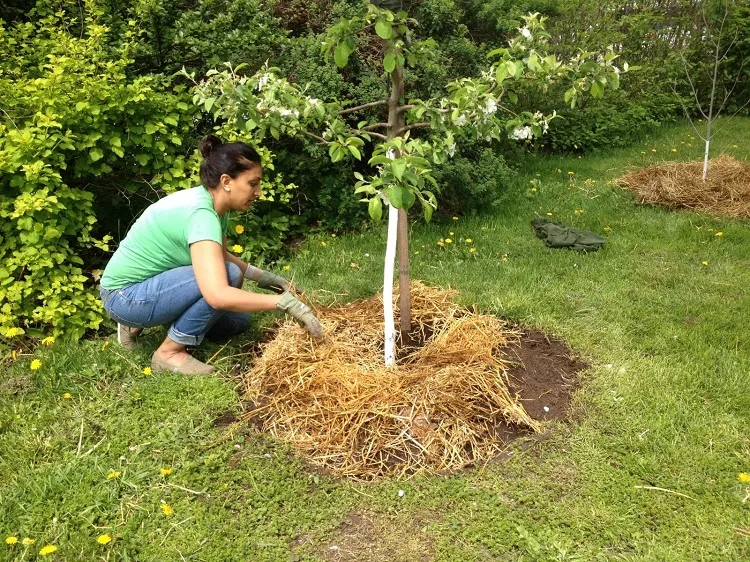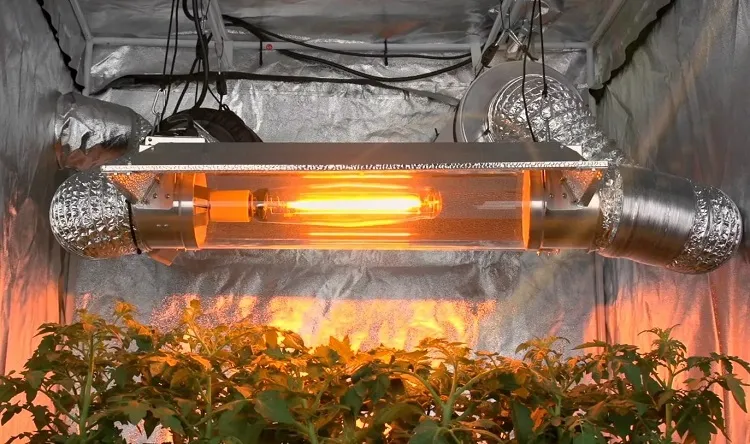It’s late and wonderful spring, and as the day sun shining turns your garden into a warm and colorful landscape, you don’t expect winter temperatures to be restored. But this couldn’t be said about the nights, which can sometimes bring back the cold and the frost. How can your tomato and pepper sprouts, and the young strawberries survive in these hard conditions, and how to help the plants to bear them. As when spring night temperature drops significantly during chilly weather, they experience detrimental effects. Frost or freezing temperatures can cause them to even die. So, it’s crucial to protect plants during chilly overnight weather. Reading this article, you’ll know how to do it efficiently.
What Happens to the Plant When the Temperature Gets Too Cold?
The sudden cold weather can disrupt plants’ normal physiological processes, leading to damage to their cells with negative consequences, like wilting or discoloration. Frost can gather on the surface of plant cells, resulting in the formation of ice crystals that can rupture cell walls and membranes. Additionally, low temperatures can lead to dehydration within plant tissues. As water freezes, it can cause cell rupture, and potential long-term harm to the plant.
How Do You Keep Plants Warm on a Cold Night?
Making an effort to protect plants during chilly overnight weather is crucial in order to ensure their health and vitality. Here are some effective measures you can take to keep them warm during late spring cold weather:
- Thoroughly watering before sunset: When you water the soil around your plants before nightfall, this helps to retain warmth in the soil. Moist soil saves heat better than dry one, offering some protection to the plant’s root system.
- Protect plants during chilly overnight weather by covering them: Use lightweight blankets, row covers, or frost cloths to create a protective barrier around your plants. Secure the cover firmly to prevent it from being blown away by winds. This additional layer helps to trap the heat radiated from the soil and keeps the cold air away from the plants.
- Mulch around their base: Apply a layer of organic mulch, such as straw or wood chips, around the base of your plants. Mulch acts as an insulating layer, reducing heat loss from the soil and protecting the roots from extreme temperatures.
- Use heat sources to protect plants during chilly overnight weather: Consider using portable heat sources, such as incandescent or Christmas lights, to generate extra warmth for them. Place the lights near the plants, but avoid direct contact to prevent heat damage.
- Utilize cold frames or cloches: Cold frames and cloches are protective structures, which create a mini greenhouse effect, sheltering plants against low temperatures and frost. These structures can be built using transparent materials like glass or plastic, and are particularly useful for smaller plants or seedlings.
- Protect plants during chilly overnight weather by potting them in groups: If you have potted plants in the garden, cluster them together. Grouping containers placed closely next to each other provides mutual insulation, as the plants’ proximity helps create a microclimate that retains the warmth.

